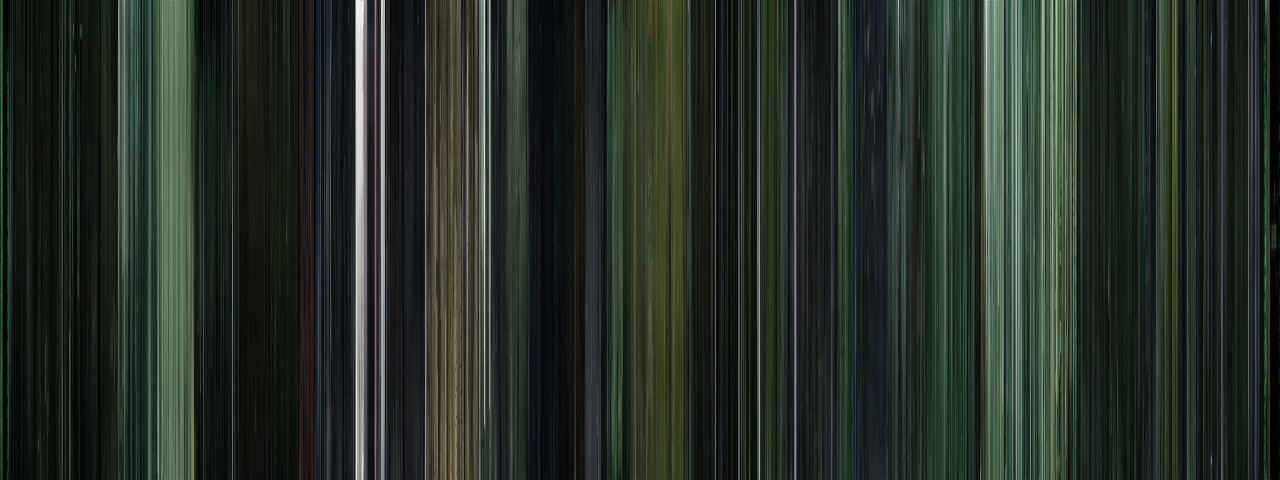Since I was a kid (probably too
young to have seen it) Alien was one of my favorite movie. This movie spawned
my love for the science fiction genera. Since my viewing of that classic
terrifying Sifi film I was introduced to Terminator, 2001 A Space Odyssey, Star
Wars, and the Matrix, to name a few, and I loved them all. Although in the past
few years I’ve noticed a change in the stories and morals in Sifi films, so I
did some research. What I found was that
the historical situations of the time affected the type of story told.
The first real trend I noticed in
science fiction films started in the 50’s and 60’s. For the most part the Sifi
movie coming out in this time period involved outer space or aliens, The Day
the Earth Stood Still in 1951, Invasion of the Body Snatcher in 1956, and 2001:
A Space Odyssey in 1968 and even in television shows like Star Trek. These
movies dealt with outer space because they all came out during or around the
Space Race. The space race was between Russia and America to be the first
nation to send man into the cosmoses.
The next trend I noticed started in
the 80’s and continued through out the 90’s. During this time, technologies in
computers and genetic alteration were advancing greatly and faster then ever
before, and the Sifi genera took advantage of this. The movies shifted from
space to the idea of “beware the machines” with movies like Blade Runner in
1982, The Terminator in 1984, Robocop in 1987, and the Matrix in 1999. The idea
that playing god will backfire also emerged during this time with movies like
Jurassic Park in 1993.
Toady however, the ideas of science
being dangerous are on the decline, making it harder for the movie industry to
make Sifi films like they used too. This can bee seen in the recent and
generally underwhelming remakes of classic Science fiction movies. Where will the genre go from here is hard to
tell, we just have to wait and see.




